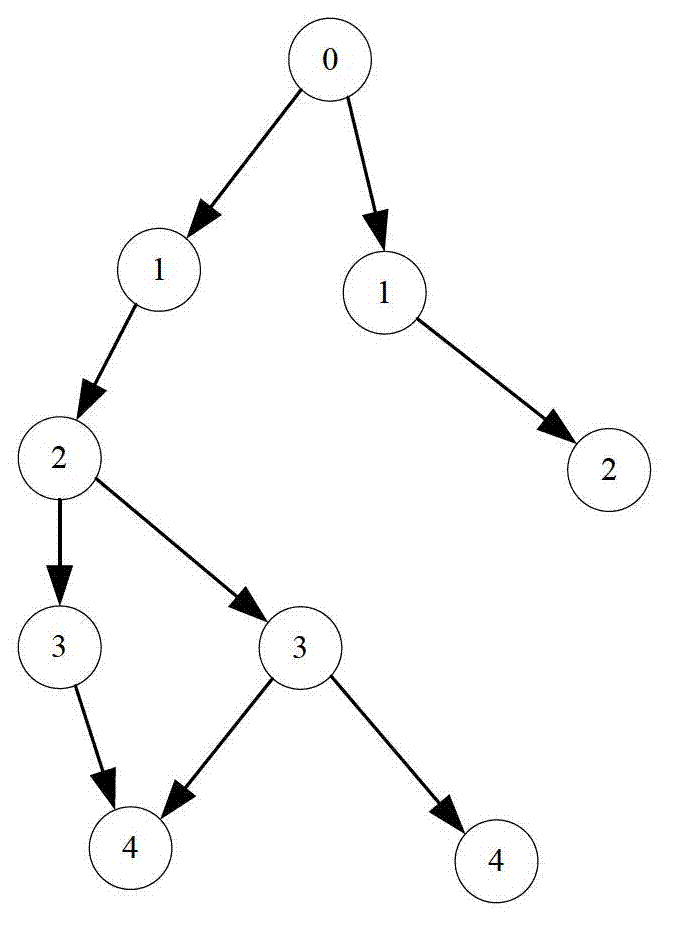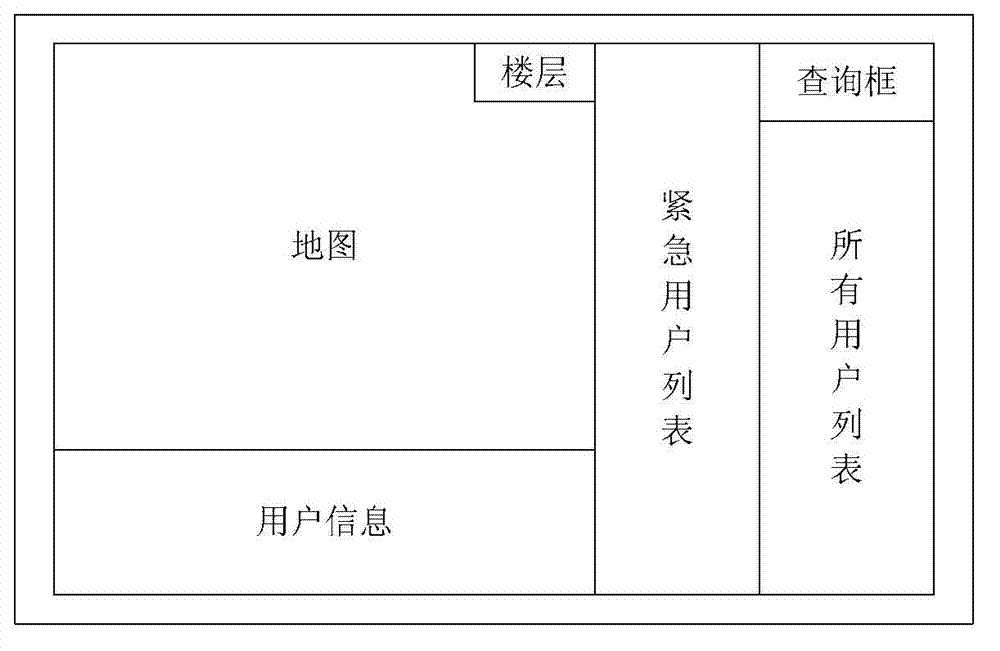Medical care location and warning method based on wireless sensor network
A wireless sensor network and message technology, applied in wireless communication, network topology, electrical components, etc., can solve the problems of limited network scale and business expansion, difficult medical care positioning and alarm system, etc.
- Summary
- Abstract
- Description
- Claims
- Application Information
AI Technical Summary
Problems solved by technology
Method used
Image
Examples
specific Embodiment approach 1
[0066] Specific implementation mode 1. Combination figure 1 and Figure 9 Describe this specific implementation mode, based on the wireless sensor network medical care positioning and alarm method, it is realized by the following steps:
[0067] Step 1. In each floor, set up a control center and N anchor nodes. The control center and N anchor nodes form a cluster, in which the control center is the cluster head, and N anchor nodes are cluster members; N is positive integer;
[0068] Cluster heads on each floor can communicate with each other, but cluster members in different clusters cannot communicate with each other;
[0069] Step 2, each node in the cluster in each floor is powered on, and the cluster head broadcasts a Route message, which includes cluster ID, message sequence number and rank, and the initial value of rank is 0;
[0070] Step 3, after receiving the Route message, each anchor node judges whether it belongs to the cluster according to the cluster ID in the...
specific Embodiment approach 2
[0102] Embodiment 2. This embodiment is a further limitation of the wireless sensor network-based medical positioning and alarm method described in Embodiment 1:
[0103] The method for assisting positioning described in step A111 and step A12 is:
[0104] Step E1, after the control center on the floor where the patient terminal belongs receives the Assist message, it forwards the message to the anchor node of the cluster where the control center is located, and executes step E2;
[0105] Step E2. After receiving the Assist message, each anchor node judges whether the machine belongs to the cluster according to the cluster ID in the Assist message. If the judgment result is no, then execute step E21; if the judgment result is yes, then execute step E2. E22;
[0106] Step E21, discarding the received Assist message;
[0107] Step E22, the anchor node judges whether the same request has been received according to the serial number in the Assist message, if the judgment result is...
specific Embodiment approach 3
[0117] Specific embodiment three. This specific embodiment is a further limitation of the wireless sensor network-based medical positioning and alarm method described in specific embodiment one:
[0118] It can also realize patient terminal roaming, the method of patient terminal roaming is:
[0119] Step C1. During the establishment of the routing table, the patient terminal synchronously receives the Route message broadcast by the anchor node or the control center on the floor where the patient terminal is located;
[0120] Step C2, the patient terminal judges whether the patient terminal is on the floor to which the anchor node or the control center belongs according to the cluster ID in the received Route message, if the judgment result is yes, then repeat step C1; if the judgment result is no, then execute Step C21;
[0121] Step C21, the patient terminal broadcasts a Roaming message, and records the received cluster ID in the Route message broadcast by the anchor node o...
PUM
 Login to View More
Login to View More Abstract
Description
Claims
Application Information
 Login to View More
Login to View More - R&D
- Intellectual Property
- Life Sciences
- Materials
- Tech Scout
- Unparalleled Data Quality
- Higher Quality Content
- 60% Fewer Hallucinations
Browse by: Latest US Patents, China's latest patents, Technical Efficacy Thesaurus, Application Domain, Technology Topic, Popular Technical Reports.
© 2025 PatSnap. All rights reserved.Legal|Privacy policy|Modern Slavery Act Transparency Statement|Sitemap|About US| Contact US: help@patsnap.com



